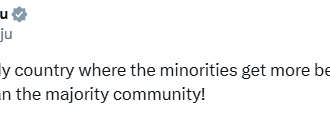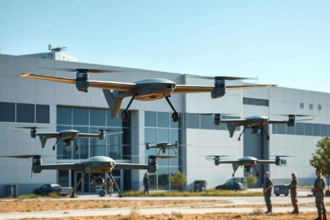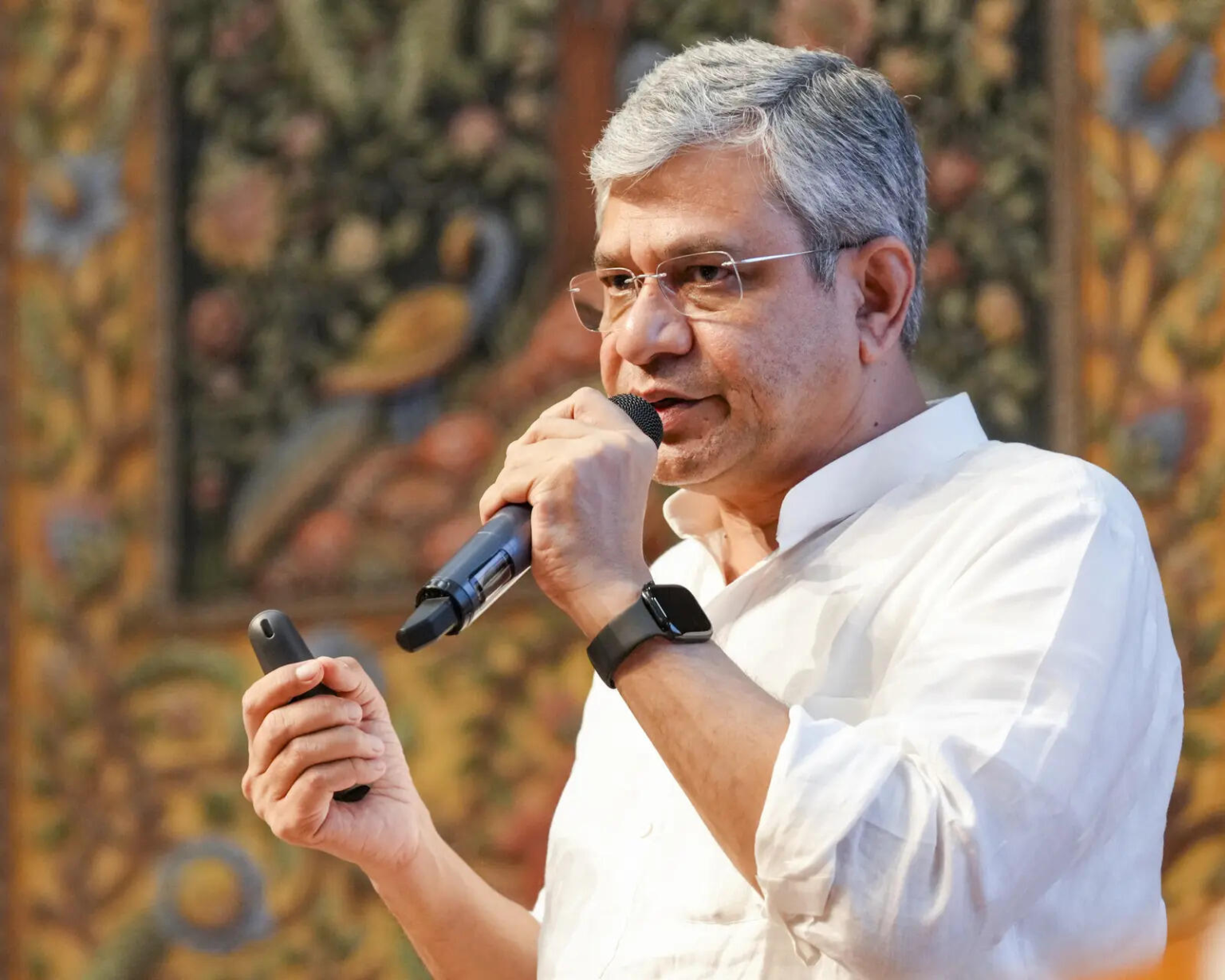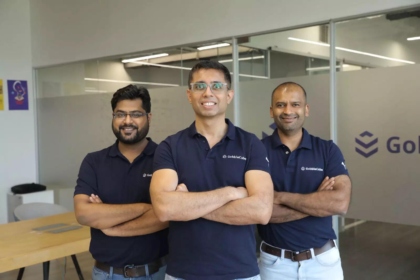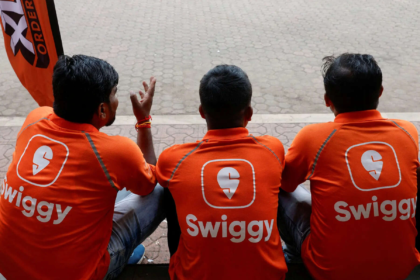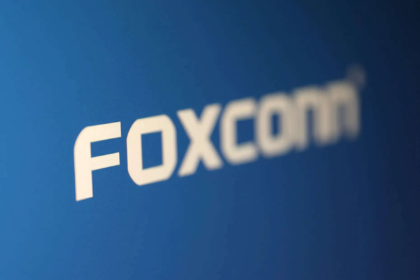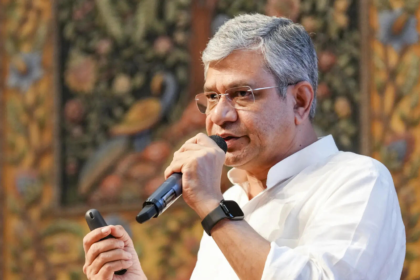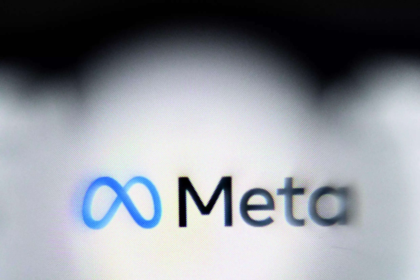Edited excerpts:
What is your view on reports of Apple supplier Foxconn pulling its Chinese engineers from India?
We are developing our own capabilities in a very sustained way. The real skill level comes primarily from the mechanical part, glass part, and the overall fitting part. We have already in the last three to four years, taken conscious efforts to develop those capabilities. Almost 1,000 parts go into a mobile phone–we have developed suppliers for a large number of those parts. The electronics component scheme is going to complement many other parts that go into a mobile phone and other electronic items. So overall, that ecosystem is getting developed very well. There will be challenges in every growth path, but we have the confidence that we will be able to sustain growth.
Also Read: Foxconn recalls Chinese staff from India, disrupting Apple’s iPhone 17 plans
Does India need support initially from China till it develops capabilities fully, be it from component makers or from talent?
Support is coming from Taiwan, the US, South Korea and from our own engineers and from other places. The capabilities today we have in our own country are significant, especially design capabilities. So, we will be able to sustain our growth.
Are you looking at a PLI 2.0 for mobile manufacturing?
First, let the PLI be over. We are talking to the industry to understand their further requirements and what support they need. They are happy with the electronics component manufacturing scheme, because that brings big support to their final finished products manufacturing.
Also Read: Govt eyes August-September start to electronic parts PLI approvals
Regarding Operation Sindoor, overseas narrative has not been very favourable. What is your assessment?
I totally disagree. Our approach was calibrated and measured, and the world sees India as a responsible power. India gained the moral high ground in Operation Sindoor because we focused on attacking terror successfully. The world sees India as a very responsible country that is economically rising and has a strong moral anchor. Our Prime Minister’s foreign policy doctrine was widely appreciated.
A lot of misinformation was floating during the time of the operation. Do you think social media should be regulated?
Every digital technology minister in the world, be it during G20, or during bilaterals, each one of them thinks that we should have more responsibility on the social media platforms, because platforms are today no longer the way they were conceived to be. They are using their own algorithms. They are modifying content, they are moderating content, which means they are working in the way the traditional media used to work by having the editorial checks and balances. We must also develop that consensus. The parliamentary committee on IT has also held many discussions. There is good consensus among members from all parties who believe that, yes, the social media must take more responsibility for the content they are publishing. I believe consensus building exercise is going on well so far. If there is consensus across the political spectrum and among the common people, we will be happy to change our legal framework. We must make sure that the impact on society is more on the positive side, and we should be able to reduce the harm which comes from them. Of course, the print media has the maximum credibility among all mediums, right now.
How willing are social media companies to comply with government requests?
I’m very clear on this. We, in our country, are run by a Constitution. Within the ambit of the Constitution, we have a legal structure which are laws passed by Parliament. Every person, every company, every firm, every social media platform must comply with our laws when they are operating in our country. As simple as that.
Also Read: Karnataka HC allows X to amend plea seeking scrapping of content takedown provision
The ‘Trump shock’ has impacted various sectors globally. Has India felt it?
Our country is resilient. In the sectors under my responsibility–In Railways: We are progressing very well, and in another five years, we will be a major exporter. In electronics: there has been a huge progress in the last 10 years, growing at 20% CAGR, with deepening and broadening value chains and more design happening in India. In information and broadcasting: We are capturing the changes through the ‘WAVES’ platform, which supports the industry with new tools and ways of working.
How is Trump’s call to manufacture in the US impacting, or will impact, India?
The world has enough opportunities for all, and we should continue on the path we have set for ourselves.
How can India deepen its manufacturing ecosystem and match China’s?
The highest value addition in any one country is 38%. They (China) have done it for over 30 years. We have crossed 20% within six to seven years. We are on the path to cross 30% in two to three years. Reaching 38% within the next five years is a very reasonable target. A large part of that value comes from semiconductors, and we have taken the items which go into precision electronics and selected them. Our Assam plant will be supplying every telecom manufacturer in the world, Micron in Gujarat will be supplying memory chips to practically every manufacturer, power electronics will come from CG plant etc.
We have several OSAT projects but only one in chip fabrication. How hopeful are you in attracting more chip fabs to India?
We must look at it from the perspective of what our country has been attempting since the 1960s. Finally, PM (Narendra) Modiji’s period is when we achieved a good breakthrough. If you talk to the semicon industry, you see an enormous difference in the way they perceive India now. Most believe India will be among the top five semiconductor nations in five years. The first reason is that India has strong design capabilities. Close to 30% of the global design work is happening here. Up to three nanometer chips are designed here. And another firm is working on getting the two nanometer design. The second is our focus on developing the ecosystem, and the third is focus on talent.
What is the plan for Railways?
The PM has focused on railways in the last 11 years. Historically, there was very little investment over 50-60 years. This has changed now. The three major bottlenecks of capacity, technology and investment have been addressed.
How has investment and capacity scaled up in Indian Railways?
Around 28% of capital expenditure target for the current fiscal has been achieved in the first quarter. Investment in the Railways increased tenfold–from Rs 25,000-28,000 crore before 2014, to Rs 2.52 lakh crore now. Another Rs 20,000 crore comes from the private sector and public private partnerships (PPP).
Is growth of cargo loading saturating?
There was a massive jump of 90 mt cargo loading in 2022-23. The incremental jumps cannot be as large. Indian Railways aims to improve coal carrying ability. Locations where more track capacity is needed have been identified ahead of power plant commissioning. This collaborative planning happens between four to five ministries under PM Gati Shakti master framework.
What progress has Indian Railways made in terms of capacity and investment?
Railways has seen a tenfold increase in investment, now reaching about `2.5 lakh crore from the budget, with an additional `20,000 crore from private and PPP partners. Over the last 11 years, 35,000 km of tracks have been added, which is equivalent to Germany’s entire rail network. In one year alone, 5,300 km were added…The pace of capacity addition for tracks, signalling, and rolling stock has been remarkable, with 30,000 wagons and 1,500 locomotives being added annually. This locomotive production surpasses the combined output of North America and Europe. These enhancements have ensured sufficient capacity.
How is Railways contributing to making logistics more efficient and cost-effective?
Railways offer logistics at less than half the cost of highways per tonne per km. It is 95% more environment friendly compared to highway-based logistics. The Railways’ share in cargo handling increased from 26% to 29% in the last 11 years, with a strategic goal to exceed 30% and then reach 35%.
What are the initiatives to improve passenger experience and safety?
Around 2,000 general coaches have been added in the last two years, ensuring affordable transport for lower-income groups. New trains like Amrit Bharat (with 22 coaches, including sleeper and general) and Namo Bharat (for short-distance travel, with 50 units planned for annual manufacturing) have been introduced. The rail fares are lower than in neighbouring countries like Pakistan and Bangladesh. In the last 10 years, there’s been an 80% reduction in accidents–from around 170 a year to 30. Derailments have fallen below 50, a stark contrast to 1,200 annually in the US. Efforts are focused on improving systems, track points and signalling equipment, with daily safety reviews.
What is the status of high-speed rail projects and other network upgrades?
Commercial operations for the bullet train are slated for 2027, with the first prototype expected to run in 2026. Japanese experts are assisting with the design of initial network, and two IITs (Madras and Roorkee) are involved in the project’s technological and research aspects. Unique components, such as 40-meter girders, are being made domestically and even exported, after initial imports. For existing lines, 70,000 km of tracks have been upgraded. The goal is to standardise train speeds at 130 kmph nationwide, with some sections upgraded to 160 kmph. Currently, 40% of the network can support 130 kmph. Ten significant bottlenecks have been identified through the PM Gati Shakti for targeted capacity enhancements.
What is the approach towards private sector involvement in Indian Railways?
Railways is a highly complex system where six distinct systems—track, signalling, electrical, rolling stock, station, and operating systems—must synchronise for safe train movement. Lessons from countries like the UK and Germany, which had to reverse privatisation policies multiple times, inform India’s strategy. The preferred model, akin to Japan and Switzerland, emphasises an integrated approach where partners contribute within a unified system. The focus is on professional management to boost capacity, integrate advanced technology and ensure safety.
What is your take on debate over AI and jobs?
Whenever technological changes have happened, the government’s focus, as policymakers, has to be on preparing the workforce for those changes. We are doing this with the IndiaAI Mission, similar to what we did with 5G and the India Semiconductor Mission. We are preparing students in all fields—not just engineers, but also those in creative arts, media, pharma, agriculture, and history—by bringing the IndiaAI Mission to colleges. We are working so that the talent required for AI-based economy (is ready), we should be biggest repository of (AI) talent In the entire world.
Also Read: Mass layoffs in 2025: Microsoft, Meta, and more big names slash jobs — is yours next?
What is the policy thinking on ensuring geopolitical supply shocks don’t impact domestic industry?
We must get into every machine, every component. We must go into every part of it and start manufacturing them. Today, there are three laptops in my room. They are as good or better than any other manufactured product, they are 100% designed and manufactured in India–tools, the dyes which go into that, the machines which make the dyes, and the tools which are required to make those machines. It’s that level of depth we have to go into every product.
Is there a feeling that China is putting hurdles to our growth?
I would not like to comment on it. We must grow in a sustained way, and we have to develop our supply chain in a very methodical way. We have a programme for semiconductors, for electronics components. The supply chain partners have come up the value chain in the case of mechanical and high precision items. That process is going on in a very systematic way. That will continue.
Do you have a de-risking strategy?
De-risking is learning the skills and making it here and developing our own supply chain, which is what we are doing. The response to the electronics component manufacturing scheme is good. More than 100 registrations have already happened, and close to 80% of them are MSMEs.
But should we partner with the Chinese?
I do not subscribe to this idea. I believe very strongly, and so does the entire industry, that we have the inherent capabilities to help us grow sustainably and help us deepen our supply chain. It is just a question of going in a methodical way.
What about rare earth minerals? China controls more or less all the supplies…
The percentage of total rare earths deposits in India is 23-24%. We should be capable of mining and processing it now. We are already working with some firms which originally gave technology to other countries. We have set up the first interim processing unit in Andhra Pradesh for rare earths. They have mastered the process already. In a few years, that dependence also will not be there.



